Time Period: World War II through the Faubus Era (1941 - 1967) - Starting with L
 Sleepy LaBeef
Sleepy LaBeef
Labor Day Bombings of 1959
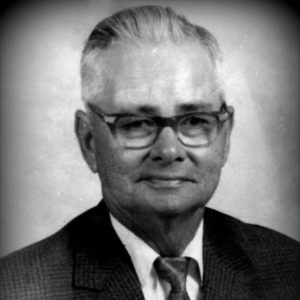 Bob LaCoste
Bob LaCoste
Ladd, Alan
aka: Alan Walbridge Ladd Jr.
 Alan Ladd and Veronica Lake
Alan Ladd and Veronica Lake
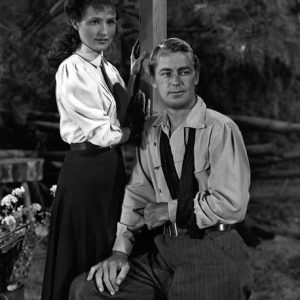 Alan Ladd and Brenda Marshall
Alan Ladd and Brenda Marshall
Lafayette County Courthouse
 Lake Catherine Power Station
Lake Catherine Power Station
Lake Catherine State Park Prisoner of War Structures
Lake Conway Monster
aka: Skunk Ape
 Lake Francis Hotel
Lake Francis Hotel
 Lake Maumelle
Lake Maumelle
 Lake Newport
Lake Newport
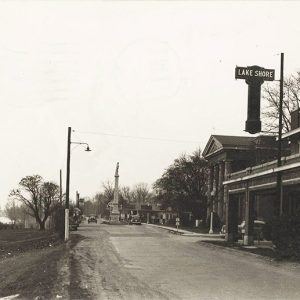 Lake Shore Drive
Lake Shore Drive
 Lake Village Shoppers
Lake Village Shoppers
 Lakeside Dining
Lakeside Dining
 Lakeside Students
Lakeside Students
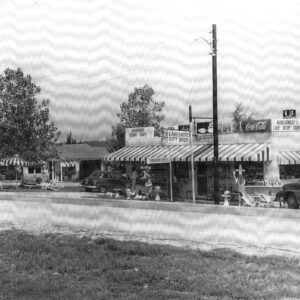 Lakeview Street Scene
Lakeview Street Scene
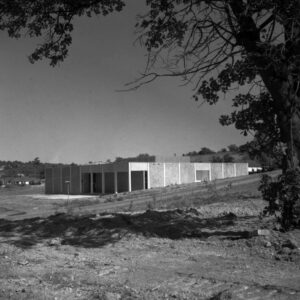 Laman Library
Laman Library
Laman, William Fewell “Casey”
Lamb, Theodore Lafayette
Lambert, Joseph Calvin (Joe)
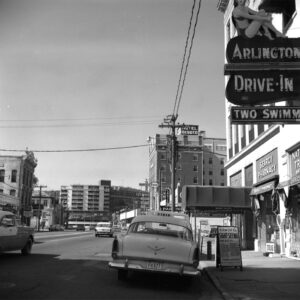 Lanai Towers
Lanai Towers
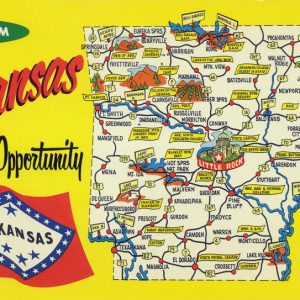 "Land of Opportunity" Postcard
"Land of Opportunity" Postcard
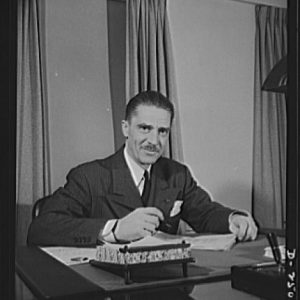 Reed Gresham Landis
Reed Gresham Landis
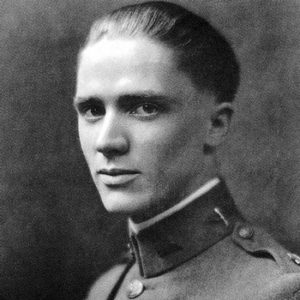 Reed Gresham Landis
Reed Gresham Landis
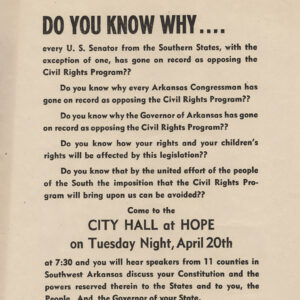 Laney Broadside
Laney Broadside
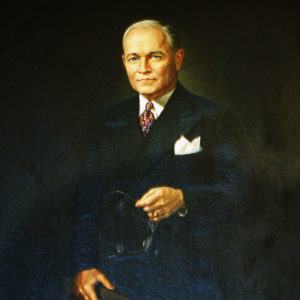 Ben Laney
Ben Laney
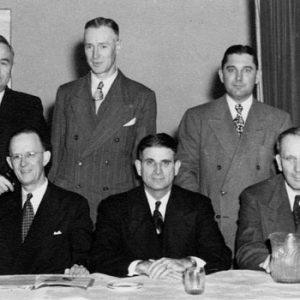 Ben Laney with Congressional Delegation
Ben Laney with Congressional Delegation
 Benjamin Laney
Benjamin Laney
Laney, Benjamin Travis, Jr.
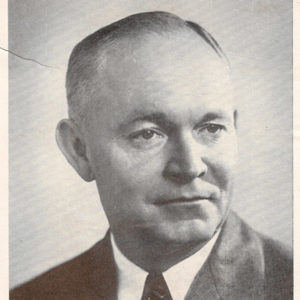 Ben Laney
Ben Laney
LaNier, Carlotta Walls
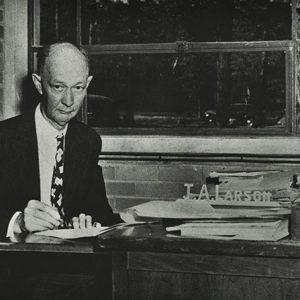 John A. Larson
John A. Larson
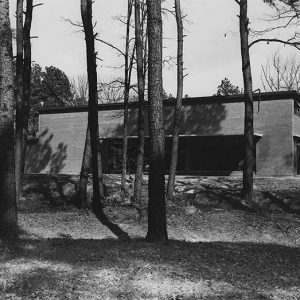 Larson Memorial Library
Larson Memorial Library
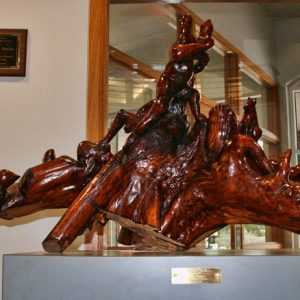 The Last Days by Cicero Pilgrim
The Last Days by Cicero Pilgrim
Lavacaberry
 Lavacaberry Crate Label
Lavacaberry Crate Label
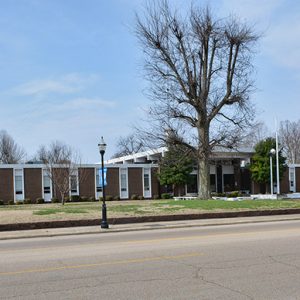 Lawrence County Courthouse
Lawrence County Courthouse
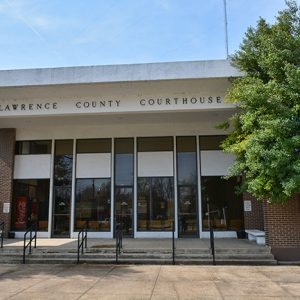 Lawrence County Courthouse
Lawrence County Courthouse
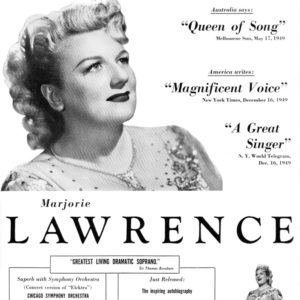 Marjorie Lawrence Ad
Marjorie Lawrence Ad
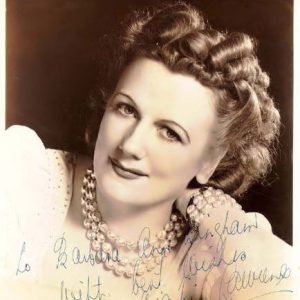 Marjorie Lawrence
Marjorie Lawrence
League of Women Voters of Arkansas
aka: Arkansas League of Women Voters
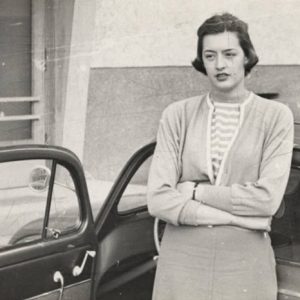 Brownie Ledbetter in Germany
Brownie Ledbetter in Germany
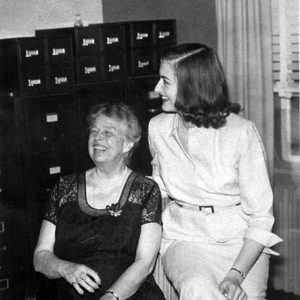 Brownie Ledbetter
Brownie Ledbetter
Lee, Hubert L.
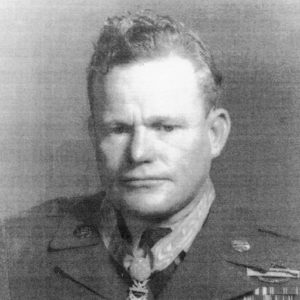 Hubert L. Lee
Hubert L. Lee
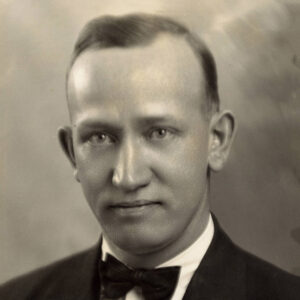 Robert A. Leflar
Robert A. Leflar




